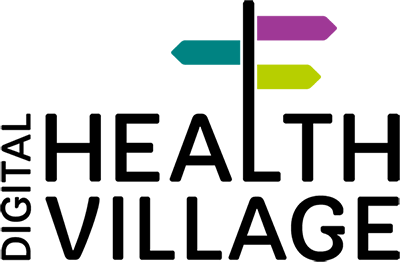10.05.2025

Watch a video about the impact of Health Village
Digital Health Village has been in use since 2016, so for eight years. According to impact studies, Health Village’s services can save the working time of social and healthcare professionals and achieve significant cost savings.
Watch a video produced by Health Village’s partner Microsoft to learn more about Health Village’s impact and future development plans. The video features the CEO of Helsinki University Hospital Matti Bergendahl and is subtitled in English.
Watch the video: Digital Health Village offers reliable health information for all Finns
Microsoft has also produced an article accompanying the video, providing additional information on the themes discussed. You can read the article here:
- 10.05.2025 12:10
Watch a video about the impact of Health Village - 05.10.2024 11:45
Neuropsychological online rehabilitation improves service availability and generates savings - 29.01.2024 14:39
Health Village service benefits estimated at hundreds of millions of euros - 02.01.2024 08:00
The impact assessment of Health Village’s digital care pathways indicates: the greatest cost benefit is generated by scalability - 15.11.2023 12:45
Impact assessment of digital services helps allocate resources efficiently - 18.04.2023 15:55
The self-care program supports long-term weight management - 14.02.2023 13:16
Customers are equal co-creators in the Rehabilitation Hub - 20.12.2022 14:45
New digital care pathway helps discontinue post-operative pain medication gradually - 04.11.2022 15:08
Online Therapy for Insomnia at Helsinki University Hospital Proven to Be an Effective Treatment - 30.09.2022 14:24
Wound Navigator Helps Physicians and Nurses Examine Wound Patients - 05.08.2022 14:50
Digital Care Pathways Respond to the Patient’s Thirst for Information - 27.06.2022 11:13
Digital Care Pathway for Coronary Artery Disease Patients Awarded - 03.05.2022 15:21
The First Digital Service Pathway of Social Welfare Has Been Opened to Customers - 11.04.2022 13:51
Health Village is proud to be included as one of the Finnish future hospitals - 11.04.2022 13:04
Digital care pathway supports the parents of children with behavioural problems - 12.02.2021 14:28
Finnish healthcare provider stemming the spread of COVID-19 with data and cloud technology - 04.09.2020 18:29
Health Village at HIMSS & Health 2.0 Sep 7-11 - 01.04.2020 15:44
Health Village’s Coronabot Now Also Available in English - 16.03.2020 18:21
Health Village’s Coronabot Helps to Estimate the Likelihood of a Coronavirus Infection - 29.01.2020 08:00
Digital Care Pathway for Gastric Bypass Patients Benefits the Patients and Brings Significant Savings to Society
